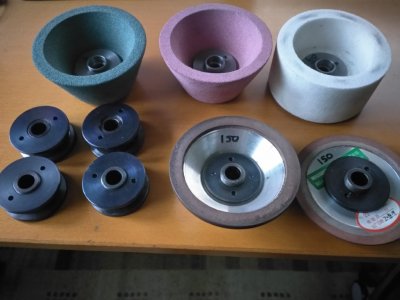Canadium
Ian
So another newbie question from the clueless. What can a surface grinder do that other machines cannot? Other than grind flat surfaces.
I have often wondered; after a lathe and a mill what comes next? I thought maybe a tool and cutter grinder or maybe a shaper to cut splines. I want to cut splines! Or maybe a surface grinder although I don't really know why the SG. What would you guys get after the lathe and mill?
I have often wondered; after a lathe and a mill what comes next? I thought maybe a tool and cutter grinder or maybe a shaper to cut splines. I want to cut splines! Or maybe a surface grinder although I don't really know why the SG. What would you guys get after the lathe and mill?

